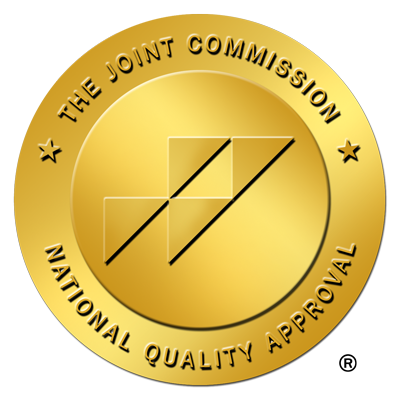Dr. Stephen Setterberg, MD, Senior Medical Director, Bay Area Clinical Associates.
In 2024, parents of teens are inundated with warnings and advisories – on TV, online, and in social media feeds – about our current adolescent mental health crisis, which leaves millions of parents around the country wondering how they can tell the difference between typical teenage depression – low mood, social ups and downs, disappointments, etc. – and clinical depression.
The Impact of Incessant Warnings
Here’s a question with an answer that might surprise most people:
If the media trumpets a youth mental health crisis over and over, are parents more or less likely to seek help for signs of depression in their teenagers?
Paradoxically, the answer is probably – less likely.
This may explain why admissions rates to acute care and residential psychiatric facilities appear to have decreased for adolescents during this crisis, rather than increased.
There’s good reason to think that decades of well-intentioned destigmatization of mental illness – a term we wonder if we can still use – has had the unintended sociological consequence of over-normalizing the concept of depression.
With the collective ennui and demoralization associated with the extended denouement of the pandemic, the pervasive undercurrents of political nihilism, global conflict, and a looming ecological point of no return, it’s not surprising many of us – teens included – feel a sense of depression during moments of honest reflection about everything going on in the world.
The fact that one of the defining characteristics of adolescence is an upsurge in emotional intensity that’s difficult to fully comprehend or articulate complicates the situation. When depression is a term permeating the social environment, it becomes an easy shorthand for a wide range of undifferentiated distress or confusion, especially for people just learning to put the nuances of their emotions into words.
Maybe I’m Depressed? Maybe Not? Should I Be? Isn’t Everyone?
In this social and cultural context, when someone gathering information on adolescent mental health asks an adolescent, “Are you depressed?” is it really surprising so many say yes?
What parents and teenagers themselves need to understand is the difference between experiencing feelings of depression and a depressive illness. In other words, they need to learn how to answer the question I pose in the title of this article:
When is teenage depression actually clinical depression?
A depressive illness is a pervasive state of mood that impairs the ability to function in relationships and/or academics, causes a loss of interest in usual activities, and, in more severe cases, has a negative impact on sleep, energy, and/or weight. These emotional, behavioral, and biological manifestations indicate the presence of a “major depression” according to formal psychiatric diagnostic criteria, or “clinical depression,” more broadly. Sleep and weight may increase or decrease depending on an individual genetic predisposition to the depressive mood or state.
In major depressive disorder (MDD) – i.e., what we call clinical teenage depression – the sleep/energy/appetite symptoms indicate the mood state has taken on a neurobiological dimension, whether the ultimate causes are environmental/situational (loss, stress, relationship conflicts) biological (genetics, concurrent medical conditions) or both. Regardless of the initial causes, in this situation, brain function changes. Teens may or may not require medication for recovery, depending on family genetic factors, severity, or the responsiveness to the situational factors associated with psychological therapies. Solid evidence suggests psychotherapies alone often restore neurobiological health in cases of moderate depression.
Because it so often accompanied by suicidal feelings and suicide attempts, major depressive disorder is a life-threatening illness.
This fact alone underscores how important it is to know the difference between having thoughts and feelings and having a mental health disorder/mental illness.
The Healer’s Oath
All of us in the mental health community, physicians or otherwise, should take to heart the Hippocratic dictum to “First Do No Harm.” Destigmatizing mental illness is critically important so that shame does not prevent people from seeking the help they need. At the same time, we remain obligated to educate parents, teens, and the public on the clear signs of real danger, and not gloss over the differences between being a typical teenager and being a teenager in need of life-saving treatment.




